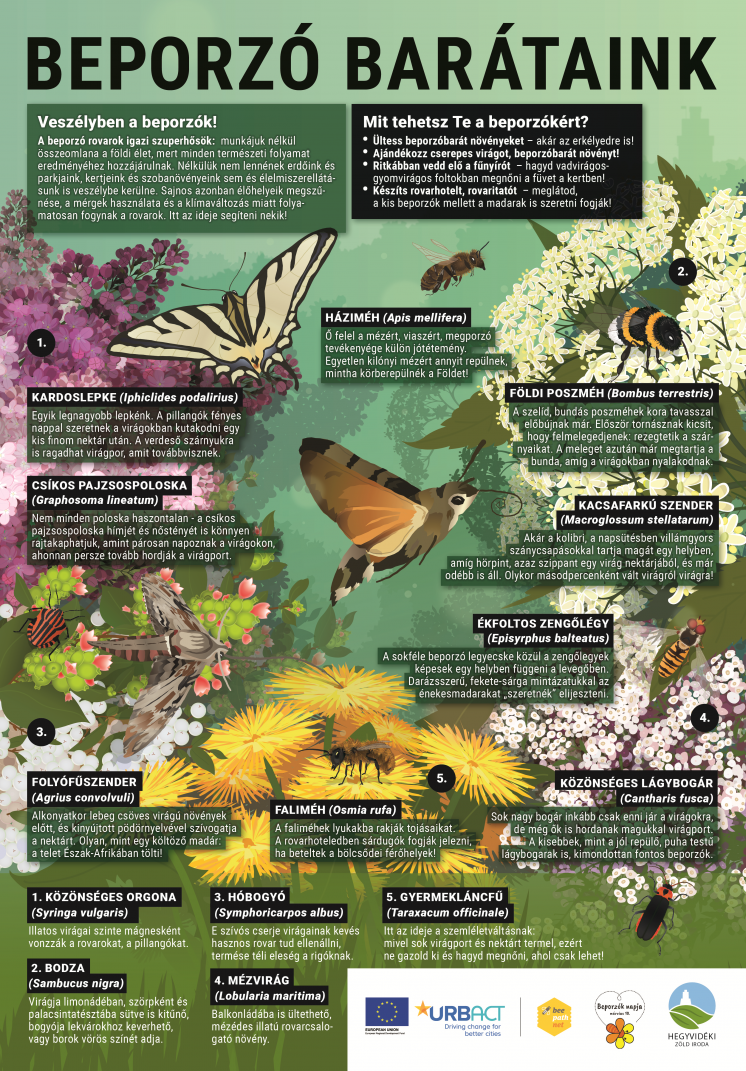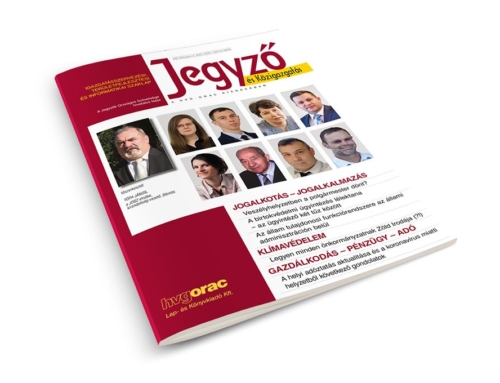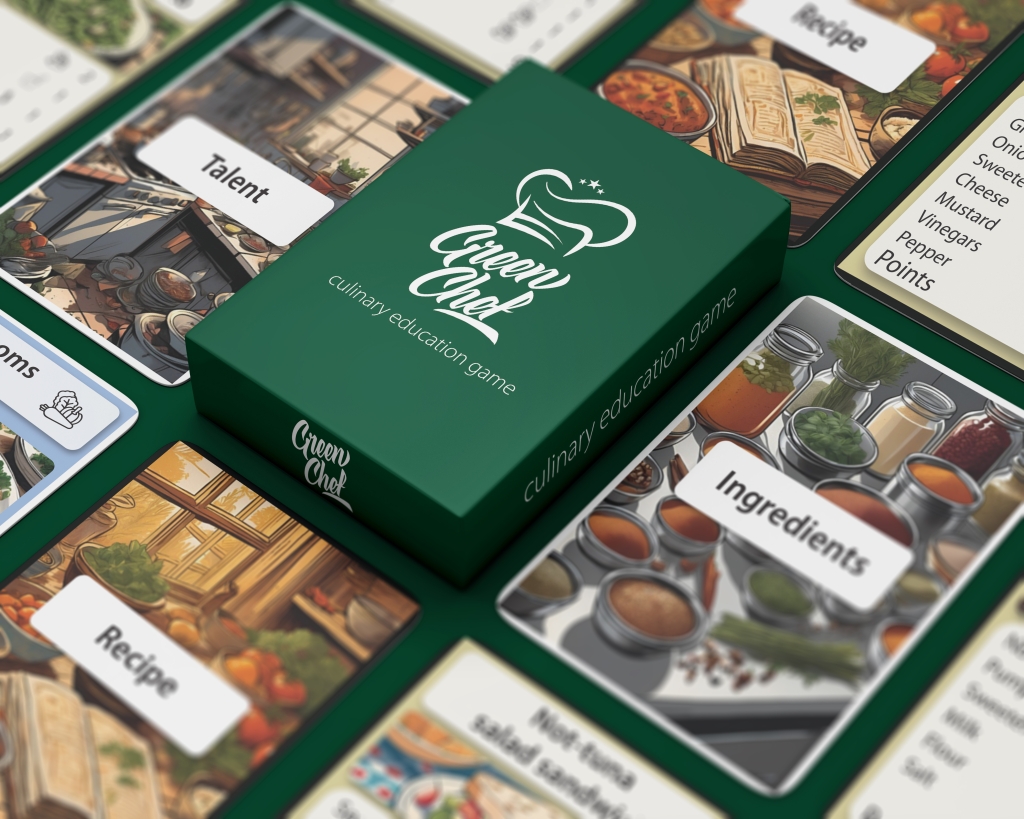Ismert a mondás: „egy kép többet ér ezer szónál” – hát még ha a képhez szöveg is tartozik! A vizuális kommunikáció kulcsfontosságú a környezetvédelmi témákra történő figyelemfelhívásnak.
A klímaváltozás ezerféle területet érint a tengerek savasodásától kezdve a villám esőzéseken át egészen a biodiverzitás csökkenéséig. Mégis, ha klímaváltozásról van szó, limitáltnak tűnik az a vizuális készlet, amelyből a kommunikátorok dolgoznak: jegesmedvék, lehulló jéghegyek, égő erdők és hasonlók jutnak az eszünkbe klímakommunikációs kampányok során. Ezekkel a probléma az, hogy túl absztraktak, tőlünk távol állóak, ráadásul rémisztőek tehát igyekszünk ezeket a lehető leghamarabb kizárni a gondolataink közül.
Egy önkormányzat nem engedheti meg azt a luxust, hogy a célközönség kizárja azokat az üzeneteket, amelyeket kommunikálni próbál. Éppen ezért fontos, hogy az olyan tág témákat is, mint amilyen a biodiverzitás megőrzése, helyi szintre fordítsa le. Erre jó példa az URBACT Beepathnet – Méhbarát kerület projekt, amelyben a Hegyvidéki önkormányzat Zöld Irodája is részt vesz. A nemzetközi projekt 6 európai város összefogásával indult, célja a beporzók fontosságára felhívni a figyelmet, különös tekintettel arra, hogy mit lehet értük tenni saját kertjeinkben és városainkban.
A kampány egyik eleme egy, a beporzókat népszerűsítő poszter, amely minden hegyvidéki lakóhoz eljutott a Hegyvidék Újság Méhek világnapjára készült két oldalas mellékletében. A poszter megjelenését egy hónapos online és offline kommunikációs kampány illetve óvodásoknak kiírt kreatív pályázat előzte meg, így biztosítva a lehető legszélesebb bevonást a koronavírusos #maradjotthon időszakban. Szintén ebben a hónapban avatott fel az önkormányzat több helyszínen méhbarát legelőket.
A poszter egyszerre hívja fel a figyelmet a beporzókat fenyegető veszélyekre, ismerteti a beporzóbarát növényeket, a kertjeinkben található beporzó rovarokat és sorolja fel azt, hogy ki mit tehet ezen rovarokért egyéni hatáskörben.
A cél az volt, hogy fel lehessen használni a következő évi eseményeknél, illetve le lehessen fordítani és tovább adni a nemzetközi partnereknek. Sikerét jól mutatja, hogy rengeteg lájkot kapott online és többek között a Budakeszi Vadaspark új méhlegelőjénél is ki lesz függesztve.
Az egy hónapig tartó kommunikációs kampány tervezője és megvalósítója Soós Viktória volt a Climate Smart Elephant részéről, a szaktudást dr. Vásárhelyi Tamás biológus-kutató biztosította, a grafika Ferenczi Mihály munkája. Megrendelő a Hegyvidéki Zöld Iroda.
A poszter változtatás nélkül szabadon felhasználható, teljes méretben innen tölthető le>>>




